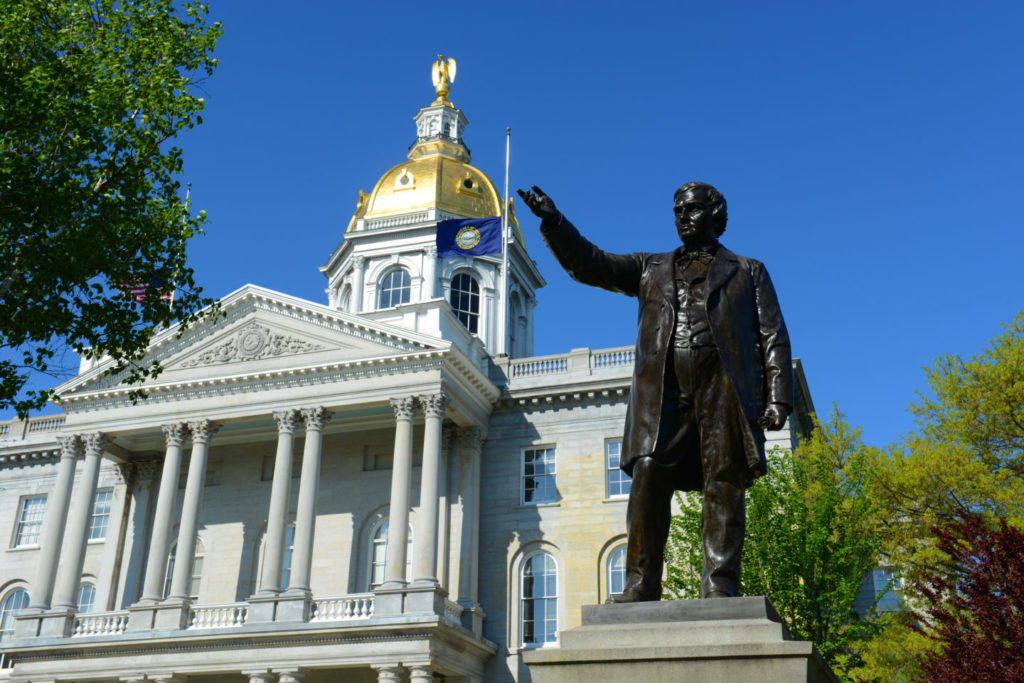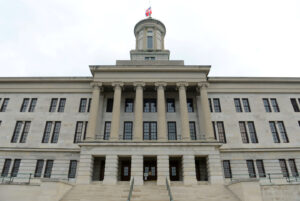Number of students participating in New Hampshire Education Freedom Accounts doubles in program’s second year
(reimaginED) – New Hampshire’s education savings account program, hailed by school choice advocates for dramatically expanding education choice options in the state, continues to be popular with…

(reimaginED) – New Hampshire’s education savings account program, hailed by school choice advocates for dramatically expanding education choice options in the state, continues to be popular with families seeking the most appropriate educational setting for their children.
Data released by the New Hampshire Department of Education show 3,025 students are now enrolled in the New Hampshire’s Education Freedom Account program, double the number enrolled in its first year. Created by the Legislature in the 2021 budget, the program gives state money to moderate and low-income families to pay for non-public school expenses including private school tuition, supplies, tutors, and home education programs.
Qualifying families – those who make below 300% of the poverty level, or $79,500 for a family of four – can access the state’s annual per-pupil education funding grant, which traditionally goes to public schools. Those grants average $4,600 per year.
Supporters of the EFA program, who include Gov. Chris Sununu and Department of Education Commissioner Frank Edelblut, have said it levels the playing field for lower-income families who are not satisfied with their public school by providing state money for different educational methods.
Unlike other states that offer education savings account programs such as Arizona and Tennessee, New Hampshire’s program does not limit the funds to students who are leaving public schools. Any student whose family meets the income requirements can participate.
About 89% of New Hampshire students using the EFA program did not attend public school in the past year, according to the Department, despite concern that the program would result in an overflow of students leaving district schools. A town-by-town breakdown released by the Department last spring shows most school districts have lost only one or two students to EFAs, allaying claims that the program would cause an exodus of students from public schools.
Under New Hampshire’s program, districts that lose students are compensated using “phase out” grants that give them a shrinking percentage of grant money for the lost student each year for three years. Based on the number of students that have left public schools and taken on EFAs so far, the state is poised to pay out $477,000 in grants in the 2022-2023 school year and $715,781 in the 2023-24 school year.
In a unanimous voice vote in May, the Senate approved House Bill 1135, which would require the state’s legislative budget assistant to examine how well the Department of Education is monitoring who gets access to the program, what the funds are spent on, and how public schools are reimbursed.
The audit must examine how well public schools are reimbursed with the program’s “phase-out grants,” which provide limited relief to school districts for the first few years after a student leaves and takes an EFA, according to the bill.
The bill also requires auditors to review the demographics of the students using the program and compare their circumstances the year before and after the program launched.
This article originally appeared at reimaginED.


